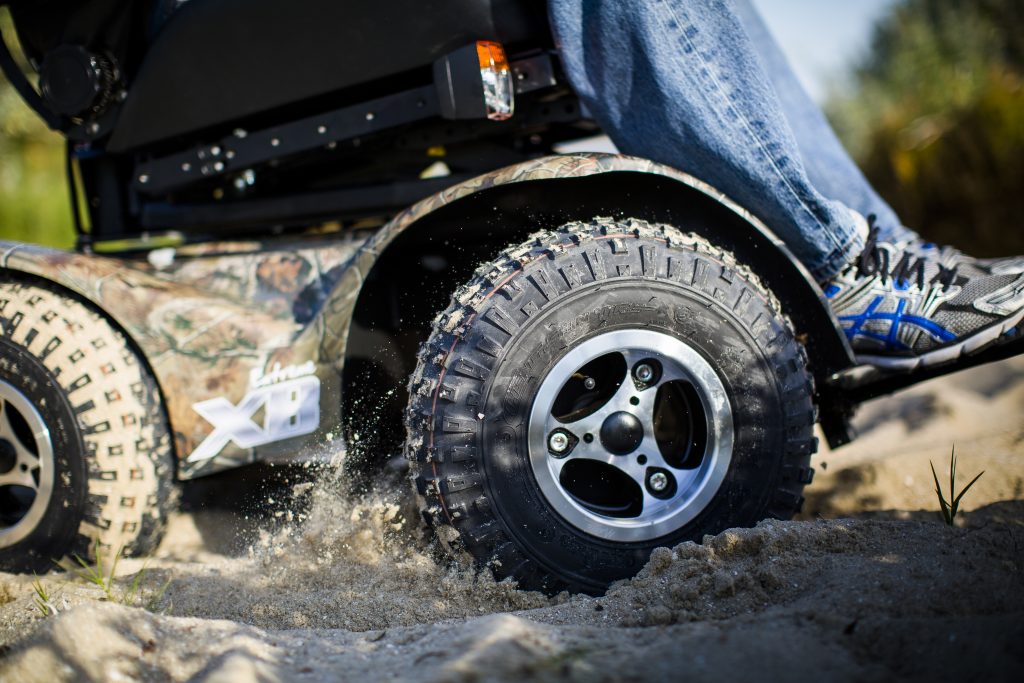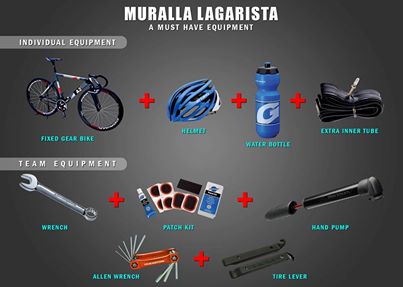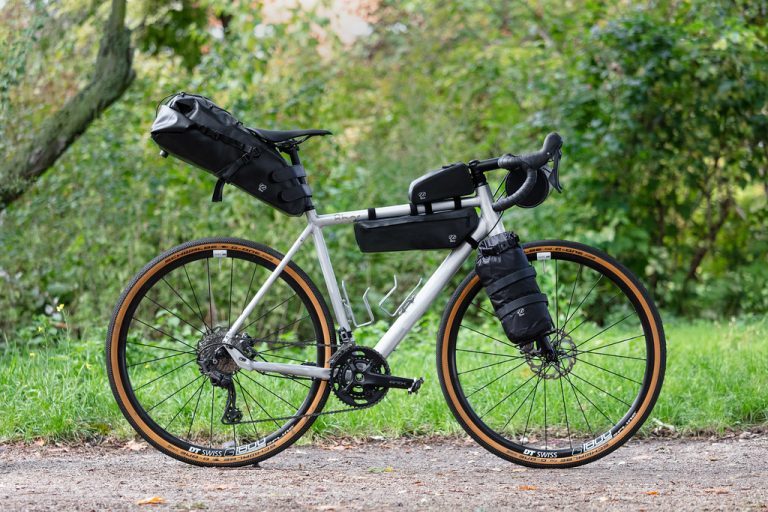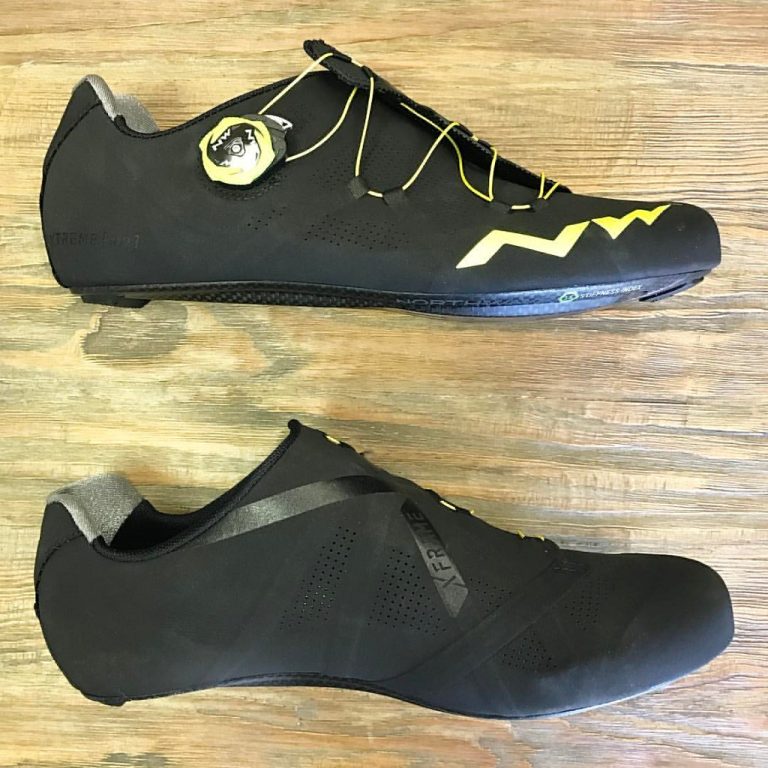Choosing the Right Tires for Various Terrains: A Guide for Cyclists
Introduction
Choosing the right tires for various terrains can dramatically improve your cycling experience, whether you’re a seasoned cyclist or just starting on your journey. The quest for the perfect tire is more than just a cycling gear selection; it’s a vital part of bike maintenance and cycling performance metrics. The right tire can ensure safety, improved road performance, and efficient energy transfer. In this article, we dive into the essentials of selecting tires suited for different terrains like gravel, sand, snow, and more.
By mastering tire selection, you optimize your cycling workouts and can tackle any road or trail with confidence.
Understanding Tire Selection for Cyclists
Tire Types and Terrain Suitability
Different terrains demand specialized tires. Understanding tire selection begins with knowing the types available.
Off-Road Tires
Off-road tires are designed for rugged environments. Their thicker tread is built for better traction, essential for rocky terrain and loose dirt paths. These are perfect for adventure seekers looking to escape paved paths.
All-Terrain Tires
All-terrain tires offer versatility, suitable for those who ride on both pavement and off-road trails. Their tread is not as rugged as dedicated off-road tires, but they provide a balanced performance suitable for multiple surfaces, ensuring terrain adaptability.
Specialized Tires: Mud, Snow, and More
While all-terrain tires serve broad purposes, specialized tires such as mud and snow tires are crucial for extreme conditions. Mud tires feature angular treads that expel mud, keeping traction steady. Snow tires, with unique rubber compounds, stay soft and pliable even in freezing temps, offering better grip.

The Role of Tread Patterns
The tire tread pattern significantly affects traction and road performance. Slick tires are excellent for dry surface rides, offering minimal rolling resistance. Meanwhile, deeper treads enhance grip on wet weather surfaces, a key factor in tire safety.
Factors to Consider in Tire Selection
tire durability and Efficiency
Tire durability is not one-size-fits-all. Rocky terrains require sturdy tire materials to prevent punctures, while more flexible options suit smoother trails. Tire efficiency, measured by riding ease, depends heavily on selecting the right match.
tire pressure and Size
Proper tire pressure ensures tire handling, comfort, and longevity. Check manufacturer recommendations based on terrain and tire size. Larger tires might offer better grip but have a higher rolling resistance compared to their narrower counterparts.
Tire Traction and Compatibility
Traction is crucial for cycling safety. Matching tires to climates, such as wet weather tires for rainy seasons, maximizes grip. Ensure tire compatibility with your bike’s design to ensure optimal performance and avoid unnecessary wear.
Terrain-Specific Tires: A Practical Approach
When considering terrain-specific tires, think about where you ride most often. Sand tires deflate slightly to increase surface coverage, ideal for beach riders. Gravel tires use a textured tread for loose surfaces, offering stability.
Advanced Cycling Techniques and Training
Power-Based Training for Cyclists
Power-based training demands precise equipment, including tires that can handle varying pressures and surfaces without compromising performance. Integrating sensors with power meters on suitable terrains can track improvements in cycling metrics like wattage.
Mental Resilience in Cycling
Preparedness extends beyond physical readiness to mental resilience. Confidence in your equipment, assured by the right tire selection, bolsters mental toughness required for challenging rides. This preparation ties into better endurance training outcomes.
Data, Metrics, and Studies Supporting Tire Choices
Benefits of the Right Tire for Performance
Statistics show that cyclists using appropriate tires for their terrain have a measurable performance edge. For instance, studies reveal enhanced VO2 Max improvements when bikes are equipped with tires optimized for conditions.
Credible Sources on Cycling Gear and Safety
Research by cycling safety organizations highlights that selecting tires of adequate durability and size reduces accident risks. These findings underscore bike maintenance as a crucial part of cycling fitness.
Visual Content Suggestions
To better understand cycling’s complexities, visuals can enhance learning. Consider using infographics to demonstrate cycling cadence improvements, diagrams for heart rate zones, and charts to track training progress.

Conclusion
Choosing the right tires for various terrains unlocks superior cycling performance and ensures safety and efficiency. Understanding tire types and their suitability enables an informed choice, leading to better cycling experiences. Share your experiences or tips in the comments as we continue to explore ways to optimize our rides.
FAQs
What factors should I consider when selecting tires for different terrains?
Consider terrain type, tire durability, tread pattern, pressure requirements, and road conditions. These factors ensure optimal traction and performance.
Are all-terrain tires the best choice for versatile riding?
All-terrain tires are versatile and perform well on mixed surfaces. However, specialized tires provide better performance on specific terrains like snow or mud.
How can I maintain my tires for longevity?
Regularly check tire pressure, inspect for tears, and clean treads. Proper storage and timely replacements extend tire life.
How do I know if my tires are compatible with my bike?
Check your bike’s specifications for compatible tire sizes and types. Manufacturer guidelines are helpful for ensuring proper fit and safety.
What role does tire selection play in cycling safety?
Tire selection influences traction and handling, directly affecting safety. Suitable tires minimize skidding and accidents, especially on challenging terrains.






